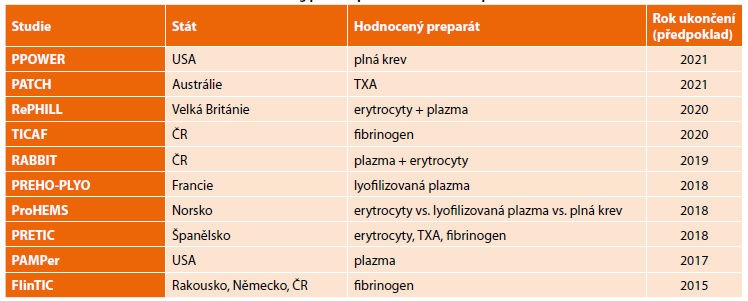Abstract
The history of blood administration in injured patients in the prehospital care started early after the discovery of blood groups in the first decade of the 20th century. The first practical experiences were gained by army during World War I. During the 20th century blood products were not administered in the civilian prehospital care due to the risk of infectious disease transmission, transfusion reactions and donor deficiency. A rebirth of this method was seen at the beginning of the 21st century when the concept of remote damage control resuscitation was defined and blood became a part of hemostatic resuscitation. Different countries may use different blood products (whole blood, erythrocytes, plasma, fibrinogen, etc.) in prehospital treatment of a severely bleeding patient. Prehospital blood administration is feasible and safe. However, what is the most beneficial blood product for a patient with severe hemorrhagic-traumatic shock during the prehospital phase? This question is now explored in ongoing studies. This paper provides an overview of current policies for pre-hospital blood products administration.

